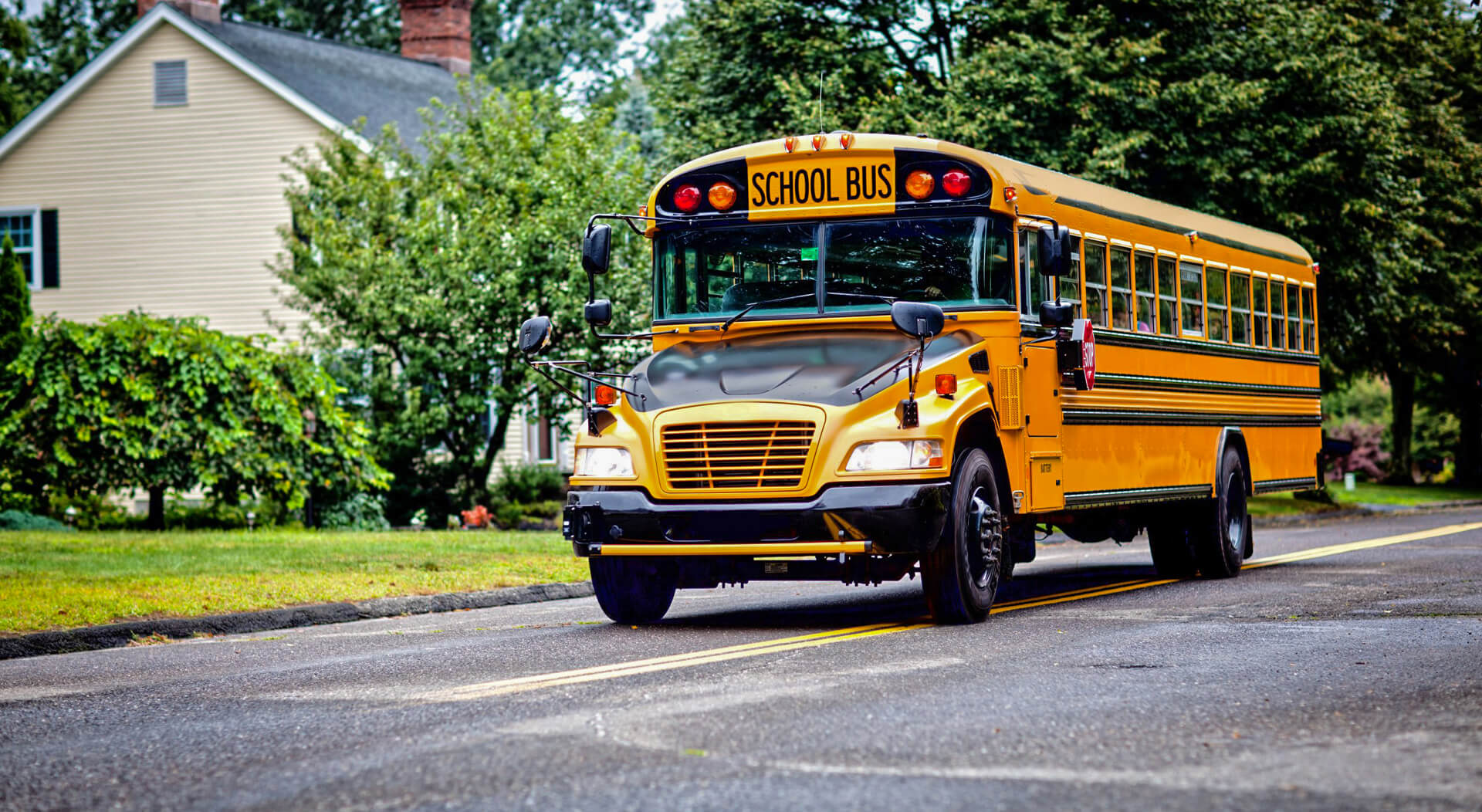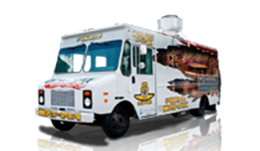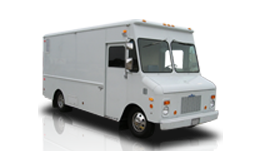Converting a Bus Into a Home: Everything You Need to Know

The average school bus doesn’t usually see much excitement beyond perhaps a near-accident, nor does it usually travel farther than its daily route and wherever it happens to be parked. But because of how long they’re expected to run, and because of their primary purpose of shuttling students to and from school, school buses are typically built as sturdily as possible. This usually means steel paneling and a steel-framed body over a commercial truck frame.
Recently, people have started using buses for something other than ferrying students – as a tiny house on wheels. While it’s possible to use, say, a truck from a mobile business, or even other kinds of buses, there are those who prefer to use a school bus. Hence this kind of converted tiny house is also called a ‘skoolie’.
If you’ve wanted to try the tiny house life for any reason, don’t head out the door and look for a retired school bus just yet. There are a few things you need to know about converting a bus into a home. Here are the most important ones.
What’s Inside
Decide whether or not you need the engine
Retired school buses typically have engines that are still in decent working condition, since schools typically retire buses when they reach around 100,000 miles. However, you don’t have to get one with the engine still intact. If you’re looking to convert the bus to a mobile home, then by all means get one with an engine. However, if you’re not really after mobility, then it’s perfectly fine to get a bus with just the frame and shell.
Set aside funds
There are several factors that will affect how much you’ll pay for the bus that will eventually become your new home. On top of whether or not it has an engine, there’s the type of bus, its condition, age, and mileage to consider, too. All told, you can expect to pay anywhere from $5,000 to $10,000 for a used bus, on average.
If possible, buy local
As with buying and selling trucks, you can search online for people selling a used school bus. As much as possible, find sellers you won’t mind driving out to meet. This way, you can talk with them about the condition the bus is in, and if necessary, what state the engine is in.
Besides talking with the owner, you’ll also want to inspect the bus before agreeing to buy it. You need to make sure the frame and shell are strong enough to handle the conversion work from start to finish. Are there any places where the shell has rusted? Are the floors sturdy enough to support a bed as well as any furnishings for a kitchen and bathroom?
This is a good time to see how big the bus is, so you’ll know how much space you’ll have to work with, so you can keep that in mind when you finalize your floor plan.
Prepare the bus for conversion
Once you’ve chosen and bought the school bus you’ll be converting, it’s time to gut the insides and prepare it for conversion. If you’re happy with just removing the chairs and installing the furniture you need around what remains, then you could stop there. However, if you really want to make the most of things, consider demolishing the walls and ceiling, and perhaps the floor as well – especially if you’re not too sure it’s sturdy enough to last another two years or so.
Regardless of how far you go with the pre-installation and conversion, you’ll want to make sure your soon-to-be home is free of mold. Then, you can begin insulating and installing the walls, floor, and ceiling.
Want to skip all the hassles? Check out these renovated motorhomes and pre-customized conversion buses for sale.
Go over your floor plan
You may have already had a rough draft of a floor plan even before you got the bus, or maybe you started drafting it after gutting the bus and preparing for installation and conversion. Whether your floor plan is the first draft or the tenth, make sure you go over it a few times; no matter the base of a tiny house, every inch counts.
Pinpoint what furniture and appliances will go where, and how best to make the most of the available space. As much as possible, you’ll want modular furniture that you can fold and store when not in use, but with the right floor plan and the right pieces, you can make it work even if not every shelf or table is modular. Remember that you’re also working toward a comfortable living space, not a cramped tiny house where you’re simply making do.
Be patient
Even with the perfect floor plan and the right materials, installation and conversion can take months – especially if you’re turning it into a big DIY project. After all, this project involves everything from floor to ceiling, from countertops and cabinets to air conditioners, toilet and shower, chairs and bed.
While you could go DIY for most of the conversion, it’s still a good idea to get a professional to take care of installing your electrical system, and water and gas lines.
If you plan on driving around in your new mobile home, you’ll need to register it as an RV or tiny house on wheels. So check with the DMV what you need to have in your home in order to register it as such; otherwise you could end up paying more in unnecessary fees. That could add to the time needed to convert your bus.







